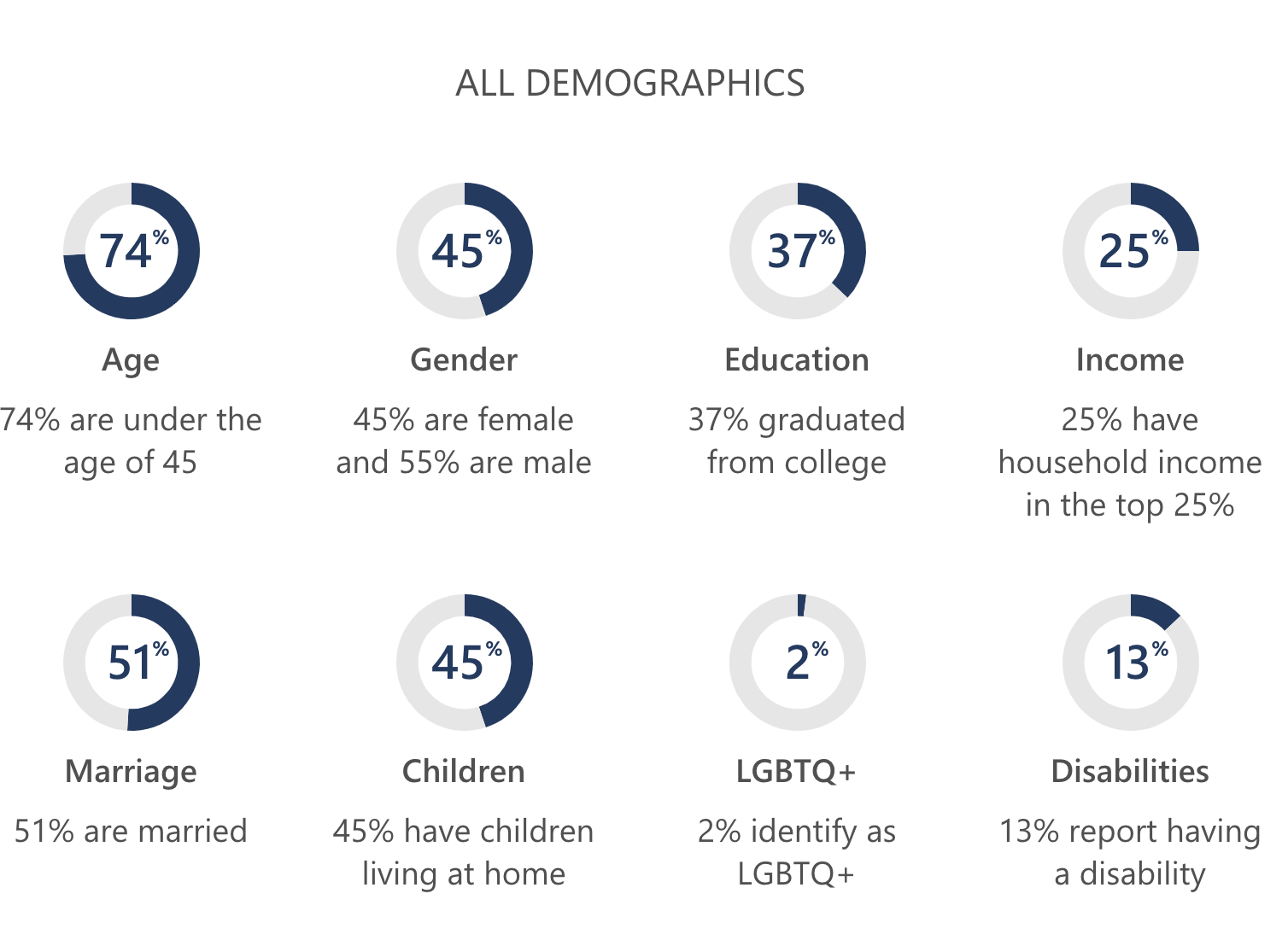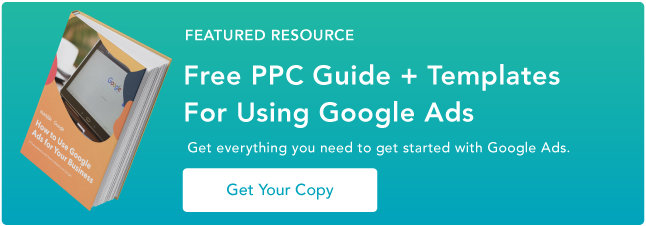If Googling has ever let you down, you may have come across another search engine called Bing.
This search engine is powered by Microsoft and strives to outdo Google at every turn. Bing wants to revolutionize digital search and rival the industry’s long-standing powerhouse.
It’s an ambitious goal, but one place where Bing differentiates itself is through its Pay Per Click ads, or PPC. According to our guide, Pay Per Click ads are, “a form of search engine marketing (SEM) where the advertiser pays for clicks on an ad.”
Simply put, the advertiser has to pay the publisher whenever a visitor interacts with the ad. In exchange, the ad is added to the search engine’s database, which displays the ad whenever the content matches a visitor’s searched keyword.
While Google Ads offers a popular PPC feature, Bing’s has unique advantages that distinguish itself from the search engine giant. And, if you’re the owner of a small- to medium-sized business, you may be more interested in Bing’s PPC benefits than Google’s.
In this post, let’s break down how Bing PPC ads work, as well as how they compare to Google Ads.
Bing PPC
Bing PPC ads operate on Microsoft’s three popular search engines: Bing, Yahoo, and AOL. When you use Bing campaigns, your content is shared across all of these platforms at once. With over five billion monthly searches being made on the Microsoft network, this makes Bing PPC a notable marketing tool for paid ad campaigns.
In terms of functionality, Bing PPC ads work similarly to Google ads. You bid on keywords based on their traffic volume, then your ad is displayed when that keyword is searched, and finally, you pay Bing whenever a visitor clicks on your ad. Like Google, your ad’s copy can have up to 80 characters and Bing even has support tools that can help your team build a cost-effective keyword list, so you never waste money on ads that aren’t being displayed.
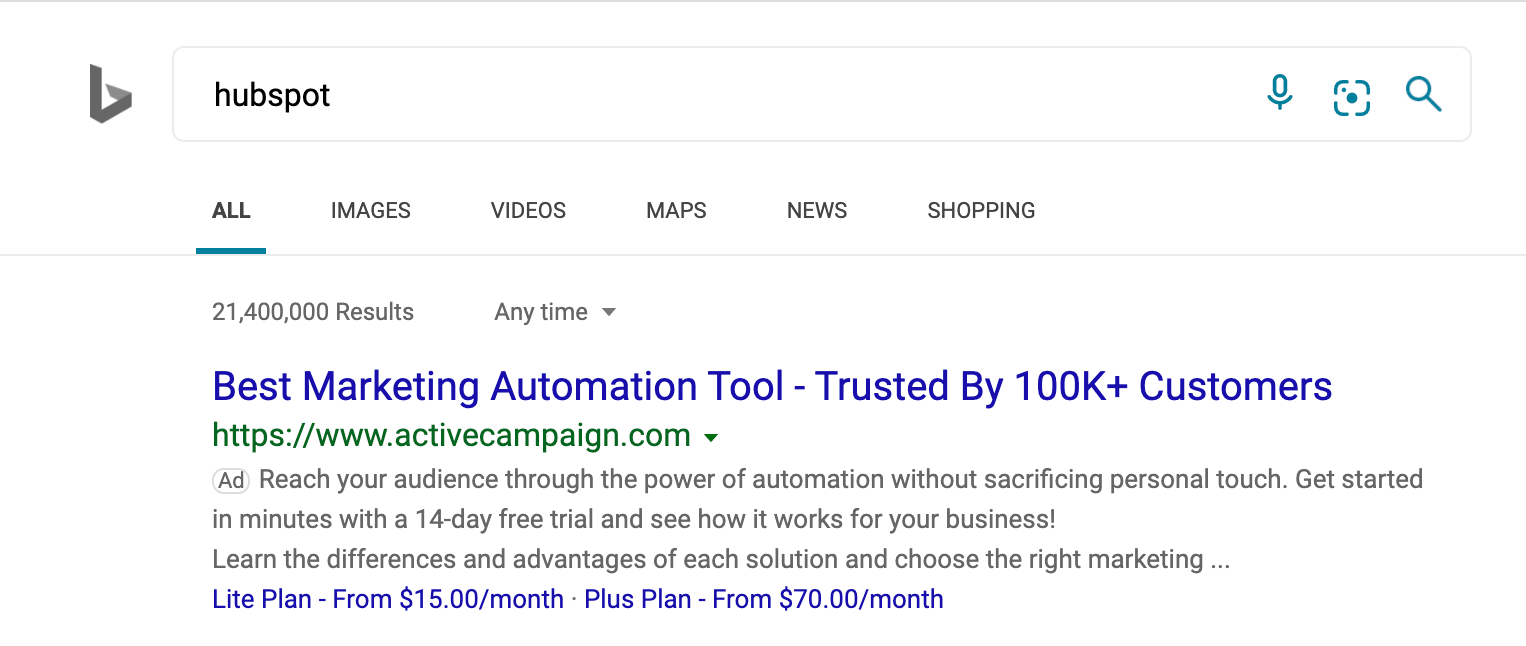
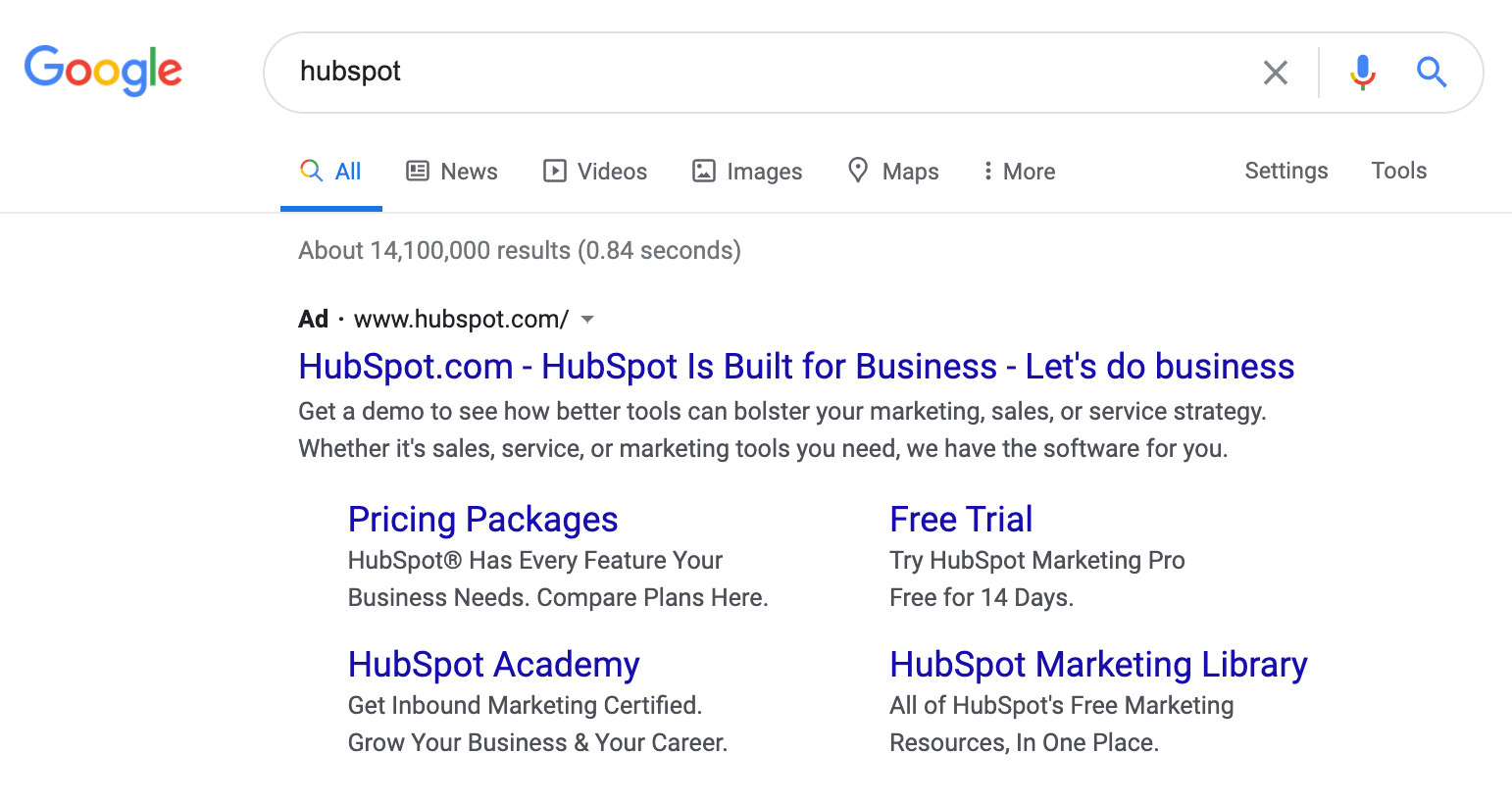
With Bing, you can also set up targeting filters that determine where and when an ad will be published. For example, if you want your ad to only appear on mobile devices, you can select the mobile traffic option. Or, if you want the ad to appear solely on Yahoo, you could filter it from Bing and AOL. This gives your team more flexibility and optimizes the effectiveness of your PPC campaign.
Bing PPC ads present a timely opportunity for marketing teams. It’s less competitive than Google AdWords, and its users shop online 36% more than any other search engine. While Google AdWords is still a very powerful tool, there are some advantages of Bing that makes it attractive for small- to medium-sized businesses. So, now that we’re familiar with how Bing PPC ads work, let’s discuss some of the key differences between Bing PPC and Google AdWords.
Bing Ads vs. Google Ads
Since Google is the largest search engine, its ads can reach more people, and its keywords have higher search volume. Bing Ads can reach an older, more educated, and higher-income audience, and the search engine tends to have higher CTRs for the financial services industry. Bing’s Ads tend to be cheaper than Google’s.
1. Bing Ads offers unique filter options and social extensions.
While both Bing PPC and Google AdWords allow you to filter your ad’s targeting, Bing’s software has a unique innovation that sets it apart from Google. With Bing, you can set age filters for your search ads, so only visitors of a certain age group will see them. Or, you can set up a location filter so visitors in a certain part of the world see your content. This way, you’ll ensure qualified leads are being exposed to your marketing campaigns.
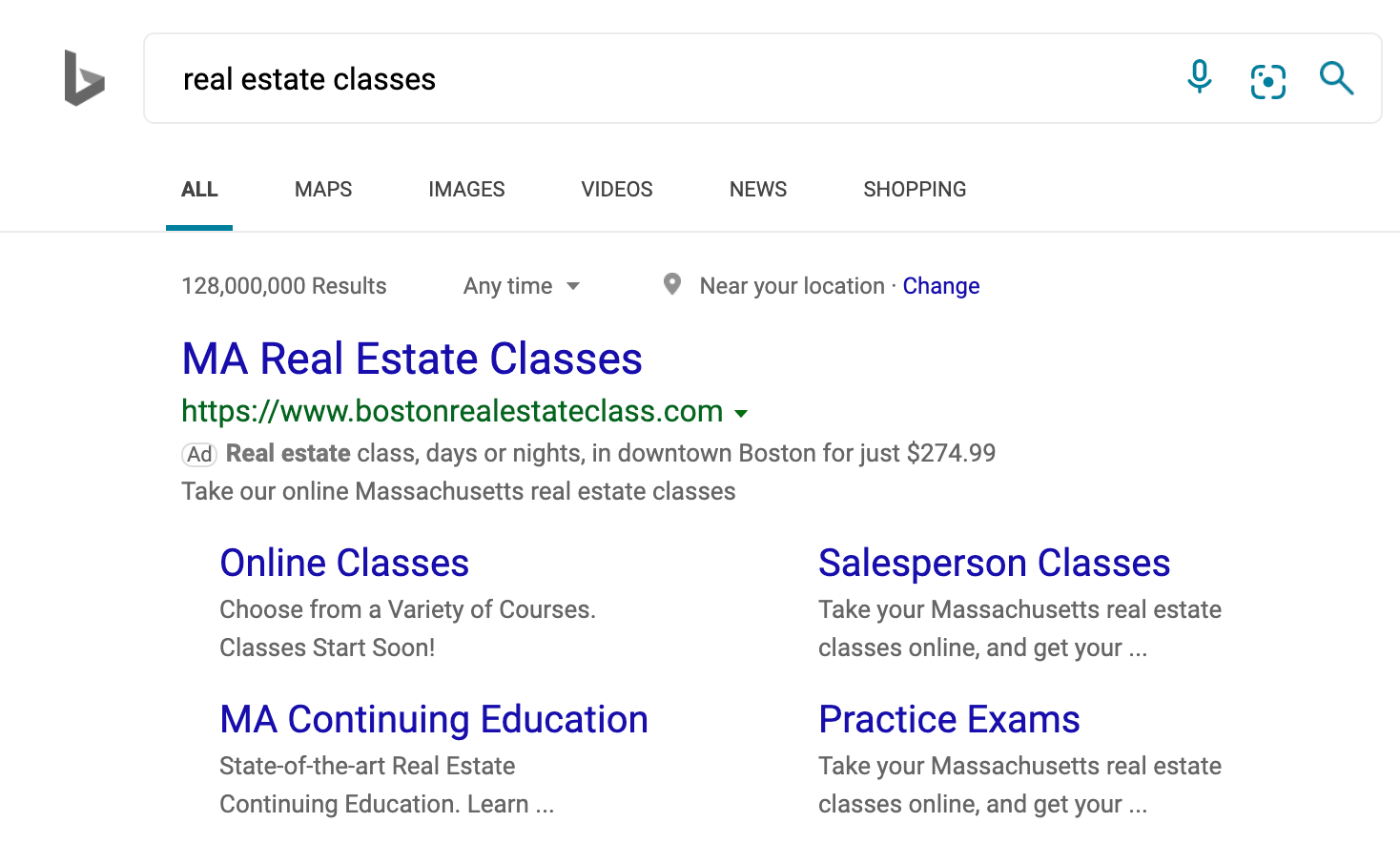
Another key feature that Bing has an advantage in is its social extensions. Social extensions are a line of copy on your ad that tells the visitor how many social media followers your business has. On Bing, this feature shows your social following for Facebook, Twitter, and Instagram. Google AdWords, however, can only show you the number of Google+ followers.
2. Google has a bigger reach, but Bing’s audience is older and tends to have higher income.
According to Microsoft, Bing represents more than 34% of the world’s desktop search engine marketplace. That means about one in every three people will use Bing over another search engine.
And, more importantly, Bing’s PPC ads can reach 60 million users that Google AdWords cannot.
In terms of the largest audience, Google is the outright favorite. But, that doesn’t mean Bing isn’t worth your investment. Bing has over 137 million users who search roughly six billion times each month. These people tend to be older than Google’s users, and have an income of more than $100K.
So, even though Google has a larger audience, Bing works with users who have substantial buying power.
3. Bing users are interested in financial and shopping services, so you might see higher conversion rates on Bing depending on your industry.
When tested by Blue Corona, Bing PPC experienced a 34% higher click-through rate than Google ads.
Additionally, new research found that financial and shopping services have experienced the most success with Bing PPC. This is mostly attributed to MSN’s and Yahoo’s popular financial reporting, which yields more keywords related to online shopping and business reports.
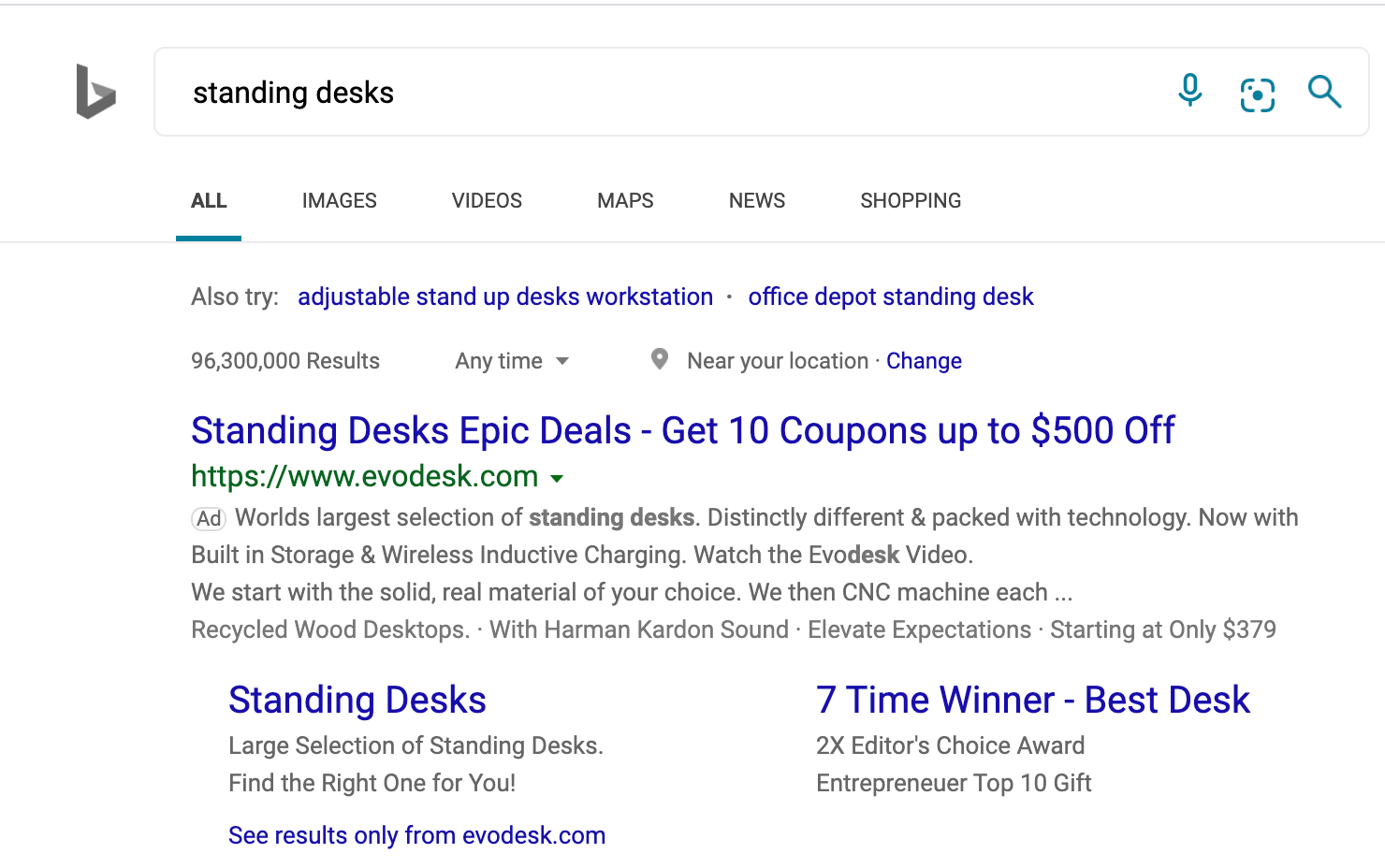
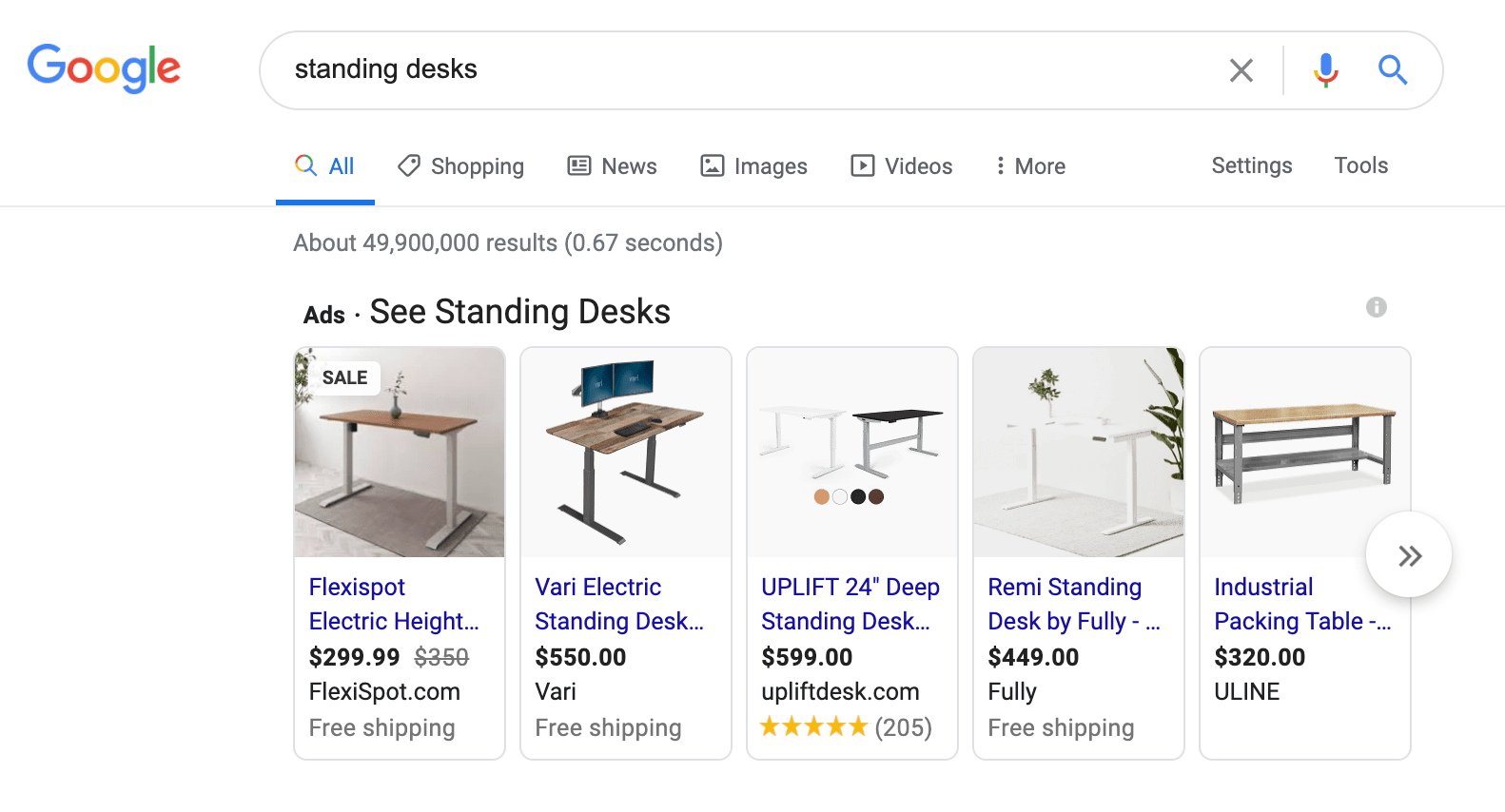
Bing users tend to be more engaged with sites after ad clicks, as well. In one industry, Bing ads had a 56% higher conversion rate than Google AdWords. That’s because Bing users typically have more interest in e-commerce and are willing to spend money online.
4. Bing Ads often appear higher on the search results page.
Since there are fewer users on Bing, its ads tend to display higher on search results than Google AdWords. In fact, Bing ads appear 35% higher in search results than Google ads.
Bing copies Google’s keyword auction technique, which favors its users because they don’t have to outbid Google’s massive user base. With Bing’s less-competitive market, you won’t have to bid as much on keywords to maintain your spot on the search results page.
5. Bing has lower cost-per-click.
With fewer competitors bidding on keywords, you can expect to spend less on your Bing ads. In fact, one business spent 35% less on Bing ads than it did on Google AdWords.
In terms of cost-per-click (CPC), ReportGarden found that the average CPC for Bing was $7.99 whereas Google’s was $20.08. Since there’s less overall traffic occurring on Bing, CPC is typically less expensive.
This presents an opportunity to obtain a strong ROI if you can capitalize on the right keyword at the right time.
Google Ads vs. Bing Ads: Which One is Right for Your Business?
If you’re choosing between Google AdWords and Bing PPC, both tools can be valuable assets to your marketing team.
With Google, you have access to a massive audience with users from many demographics, and you can trust that your content will be displayed on the world’s preferred search engine.
However, this space is highly competitive, and you’ll need to monitor your campaign diligently if you want to see a positive return on your investment. Your marketing team will need plenty of means and experience to make Google AdWords a reliable source of lead generation.
Bing PPC presents a lower-risk option for paid ad campaigns. You still have access to a large audience, but keyword bidding isn’t as competitive as Google.
The tradeoff here is that Bing traffic is significantly lower than Google’s. So, while your ads may be positioned higher and cost less, they may not be seen by as many people. That limitation may be discouraging to larger companies that have bigger marketing budgets.
For more information about PPC ads, read these PPC campaign tips.

